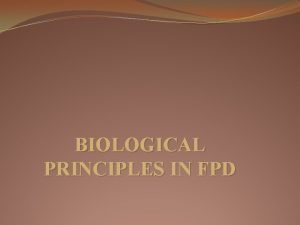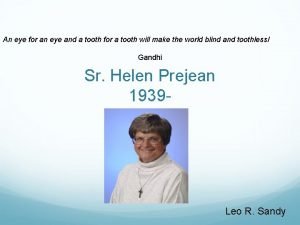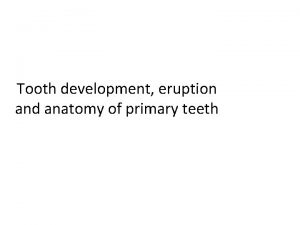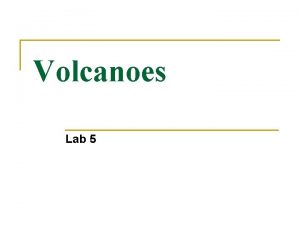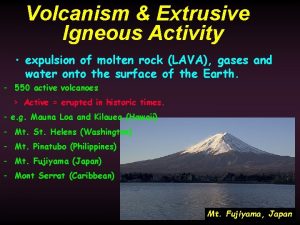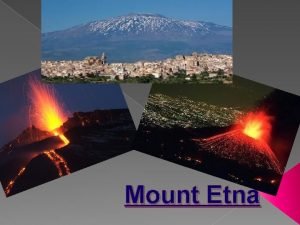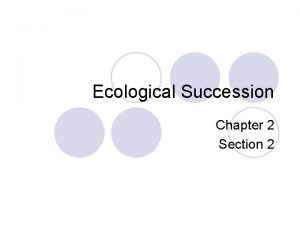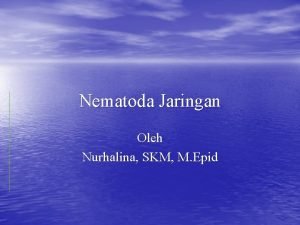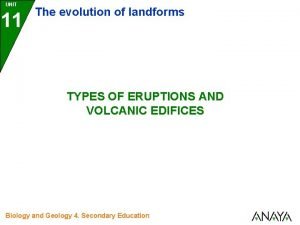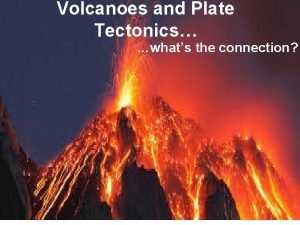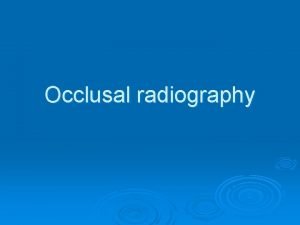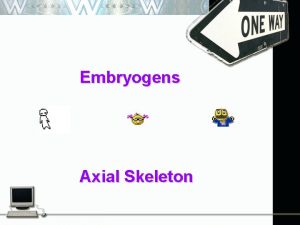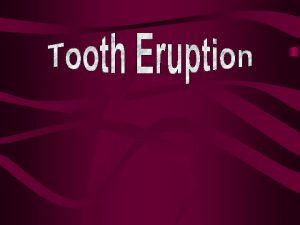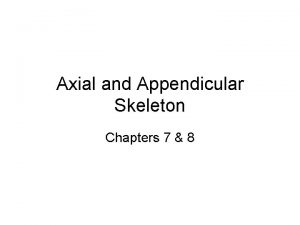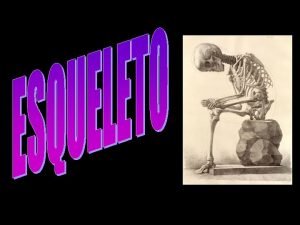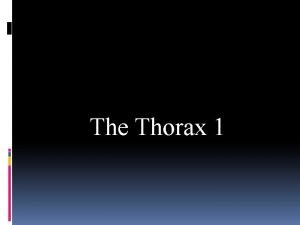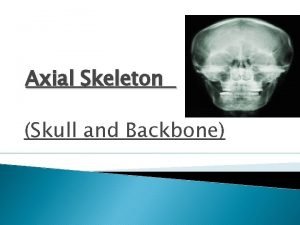ERUPTIONSHEDDING TOOTH ERUPTION physiological tooth movement Axial occlusal

















- Slides: 17

ERUPTION&SHEDDING

TOOTH ERUPTION (physiological tooth movement) Axial occlusal movement of the tooth from its developmental position within the jaw to the occlusal plane through out the life. Phases of eruption PHASE; begins at bell stage end at crown completion& beginning of root formation 1 -PRE-ERUPTIVE PHASE; from begining root formation to root completion to reach occlusal plane 2 -ERUPTIVE PHASE; from occlusal plane to end of tooth life span 2 -POST-ERUPTIVE

TYPES OF MOVEMENTS: 1 -bodly(drifting); resorption of bone crypts in front deposition behind. 2 -excentric growth; part of tooth is growing TYPES OF ERUPTIONS 1 -ACTIVE ERUPTION During which tooth bodly through the tissue to occlusal plane (physiological phases) 2 -PASSIVE ERUPTION Gradual rootward shifting of the gingival margin after reaching the occlusal plane (pathological)

ERUPTION Tooth move from within the jaw covered by reduce enamel epithelium to the occlusal plane (active&passive)

SHEDDING It is a physiology process for elimination of deciduous teeth of resorption of their roots by permanent successors

THEORIES of ERUPTION ROOT FORMATION BONE REMODLING VASSCULAR PRESSURE PERIODONTAL FIBERS TRACTION PULPAL PROLIFERATION


Histological phases of eruption: 1) Pre-eruptive phase: It starts at the beginning of tooth development and ends when the crown formation is completed. It is characterized by: a) Growth of tooth germ i. e. dental (enamel) organ, dental papilla and dental sac. b) Formation of bony crypt. c) Movement of developing tooth within the growing jaw. Different types of movement occurs: bodily, axial, rotational and eccentric( i. e. shifting the long axis of the developing tooth). This eccentric movement is associated with differential growth.

2) Prefunctional ( Eruptive) phase: It starts at the beginning of root formation and ends when the tooth reaches occlusion. It is characterized by: a) Formation of the root. b) Bone apposition especially at the fundus of the crypt. c) Initial organization of periodontal ligament. d) Rapid active eruption

3) Functional ( Posteruptive ) phase: It starts when the erupting tooth reaches occlusion with its antagonists and lasts throughout the life of the tooth. It is characterized by: a) Occlusal active eruption (more cementum and alveolar bone apposition). b) Occlusomesial physiological drift ( alveolar bone remodeling ). c) Organization of periodontal ligament principal fibers.

TYPES OF MOVEMENTS: 1 -bodly(drifting); resorption of bone crypts in front deposition behind. 2 -excentric growth; part of tooth is growing TYPES OF ERUPTIONS 1 -ACTIVE ERUPTION During which tooth bodly through the tissue to occlusal plane 2 -PASSIVE ERUPTION Gradual rootward shifting of the gingival margin after reaching the occlusal plane

ERUPTION OF THE PERMANENT Succedanous develop lingual or bet. The roots , then become apical to resor the root of the deciduous Non-succedaneus like deciduous

THEORIES of ERUPTION ROOT FORMATION BONE REMODLING VASSCULAR PRESSURE PERIODONTAL RIBERS TRACTION PULPAL PROLIFERATION

SHEDDING(exofolation) Physiological process of elimination of deciduous teeth after root resorption prior to eruption of succedaneus FACORS for RESORPTION; - 1 -Local pressure of the permanent successor differentiate osteoclast&odontoclast 2 -Masticatory forces damage the supporting apparatus 3 -Genetic factors

SHEDDING of DECIDUOUS The succedaneus lingual or bet root in its own fibrous follicle surrounded crown covered by reduce enamel, separated from predessor by plate of bone. Under pressure of movement osteoclast resorbe the bone then odontoclast resobe the root.

CLINICAL COROLAT Neonatal&newborn tooth Eruption time Teething Retained deciduous Malposition Remnant of deciduous Ankylosis& submerged tooth

 Circle axial movement
Circle axial movement Occlusogingival length
Occlusogingival length An eye for an eye a tooth for a tooth sister act
An eye for an eye a tooth for a tooth sister act Double rope in suspension therapy
Double rope in suspension therapy Playe tectonics
Playe tectonics Eruptio difficilis
Eruptio difficilis Lake nyos disaster bodies
Lake nyos disaster bodies Volcano type of eruption
Volcano type of eruption Expelled molten rock
Expelled molten rock Mount etna 1669 eruption facts
Mount etna 1669 eruption facts Def of secondary succession
Def of secondary succession Obat creeping eruption
Obat creeping eruption Volcano type of eruption
Volcano type of eruption Strombolian eruption
Strombolian eruption Vesuvius location
Vesuvius location Process of volcanic eruption
Process of volcanic eruption Mt rainier eruption simulation
Mt rainier eruption simulation Factor affecting volcanic eruption
Factor affecting volcanic eruption

